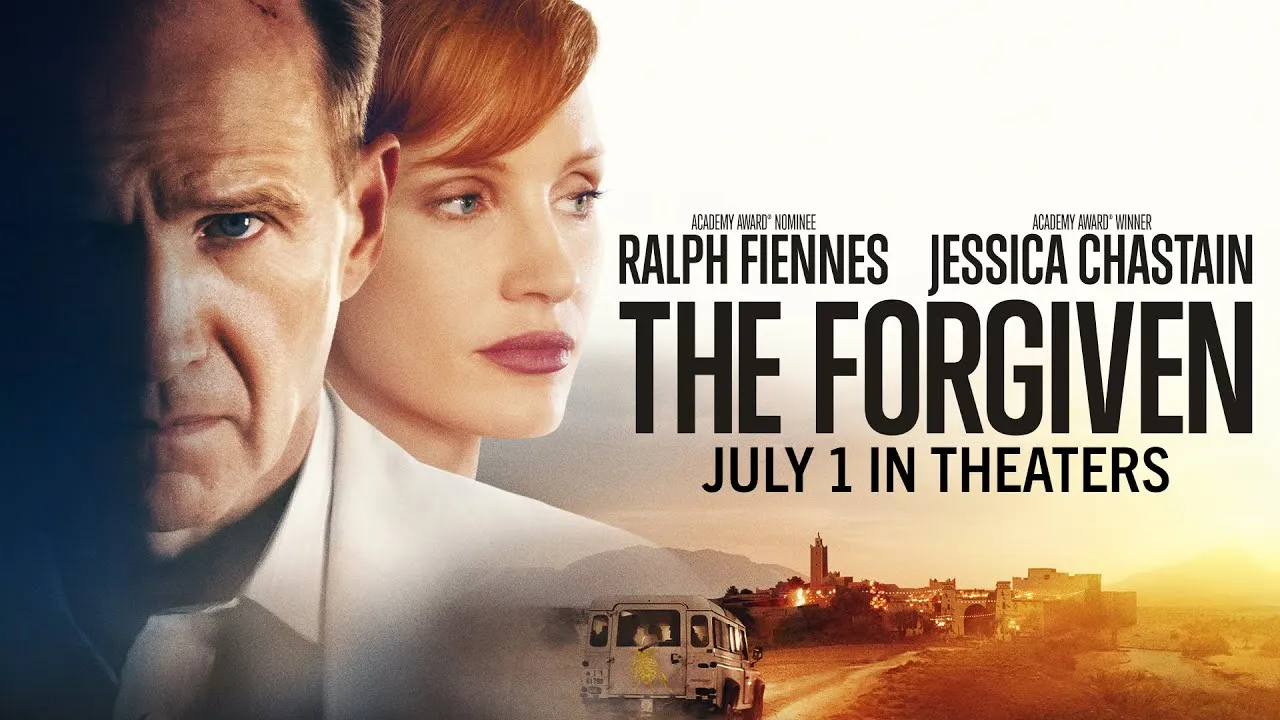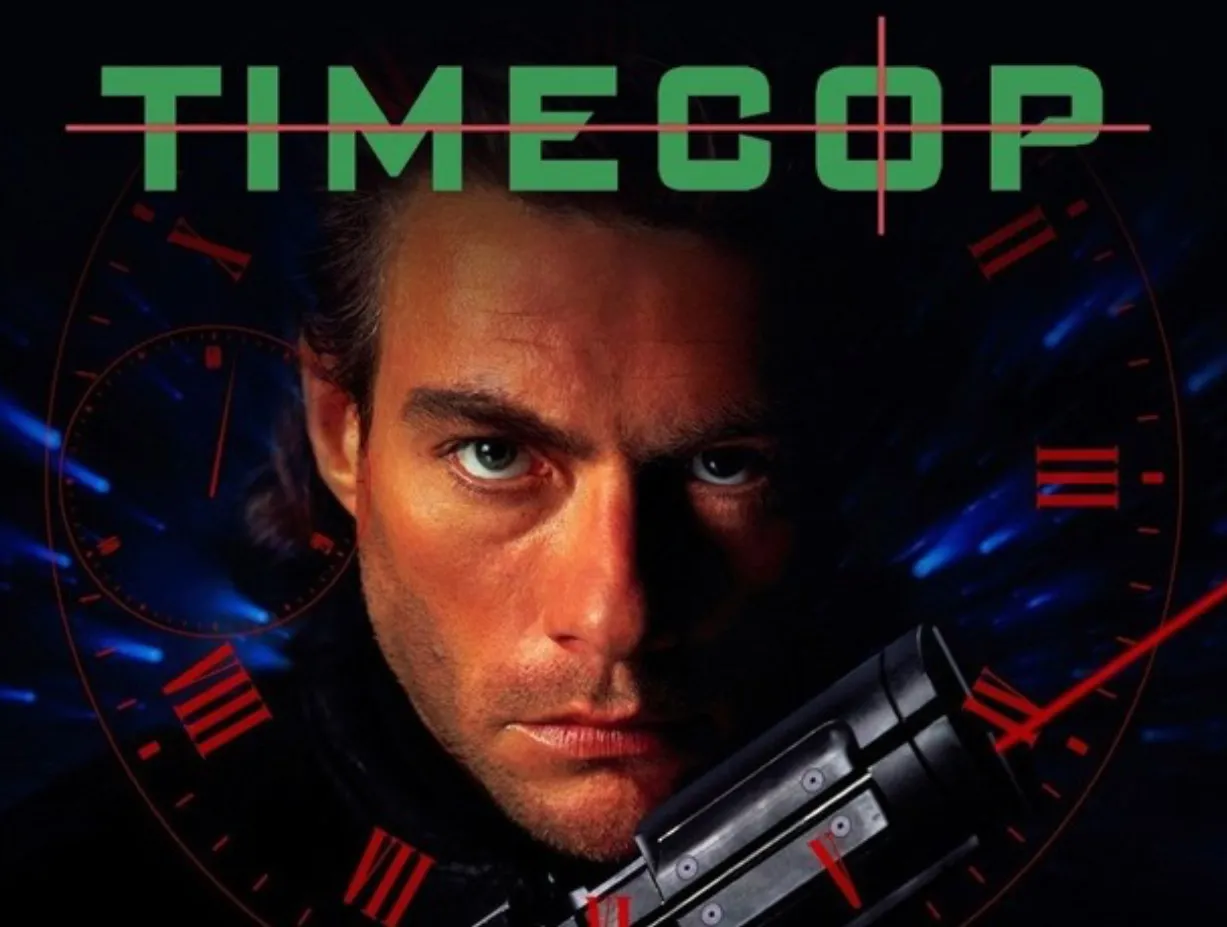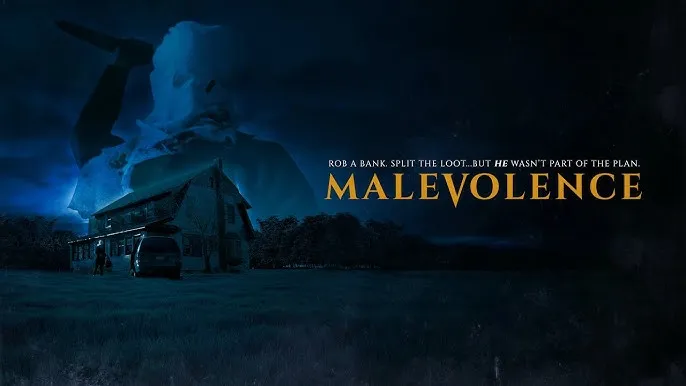When Identity hit theaters in 2003, it wasn't just another thriller—it was a psychological puzzle box disguised as a murder mystery. Directed by James Mangold and starring an ensemble cast led by John Cusack, Ray Liotta, Amanda Peet, and Alfred Molina, the film left audiences stunned with its mind-bending twist. Over two decades later, Identity remains a masterclass in narrative misdirection, psychological horror, and atmosphere. But what if the story didn’t truly end in that final chilling scene? What if Identity had a sequel?
The premise of Identity is deceptively simple: ten strangers are stranded at a remote Nevada motel during a torrential rainstorm. One by one, they begin to die in gruesome, mysterious ways. Tensions rise as the survivors realize the deaths are not random. Each person seems to be connected by fate—or something far more sinister.
From the outset, the film plays out like a traditional Agatha Christie-style whodunit. But as the bodies pile up and paranoia mounts, it becomes clear that Identity is playing a different game. The setting is claustrophobic, the pacing relentless, and the score by Alan Silvestri subtly unnerves. But Identity’s brilliance lies not in its murders, but in the psychological machinery behind them.
Midway through the film, the narrative takes a radical turn. The events at the motel are not occurring in the real world but inside the fractured psyche of a man named Malcolm Rivers—a convicted serial killer with dissociative identity disorder (DID). Each character at the motel represents one of Malcolm’s multiple personalities, and the murders are a manifestation of a psychiatric experiment: if the violent identities can be eliminated, perhaps Malcolm himself can be rehabilitated.

This twist recontextualizes the entire story. Suddenly, we're not watching a slasher mystery—we're witnessing a psychological war within a single man’s mind. Edward (John Cusack), a former police officer turned limousine driver, emerges as a heroic identity attempting to protect the others. In contrast, "Rhodes" (Ray Liotta), who poses as a cop, reveals himself as one of the darker personas.
Ultimately, it’s revealed that the innocent-seeming child, Timmy, is the murderous core identity—the true evil at the center of Malcolm's mind. As Malcolm is declared sane and released under psychiatric care, Timmy resurfaces in the film’s final moment, killing one of the doctors. The implication: evil survived. Malcolm may be free, but his darkest self still lives.
Identity is a rare Hollywood film that treats mental illness with conceptual seriousness, even as it leans into horror tropes. The story explores identity fragmentation, the nature of evil, and the question of whether personality can be reshaped—or destroyed—through therapy. It raises chilling ethical questions: Can one truly be "cured" if a murderous identity still lurks inside?
The film also cleverly plays with genre conventions. It starts as a slasher but transforms into a psychological thriller with a philosophical backbone. In doing so, it defies expectations and keeps the viewer constantly guessing—not just about who the killer is, but what kind of movie they’re even watching.
Though some critics at the time saw the twist as gimmicky, others praised its audacity. Over the years, Identity has gained cult status, often cited alongside The Sixth Sense and Memento as a defining mind-bender of the early 2000s.
Despite its conclusive ending, the final scene of Identity—Timmy’s quiet, calculated smile as he kills again—left the door wide open for a sequel. What if we picked up the story twenty years later?

In “Identity: Rebirth”, the story could follow a young psychiatrist named Dr. Elena Warren, assigned to work with Malcolm Rivers after a new series of unsolved murders echo his infamous past. Although Malcolm has been incarcerated in a secure psychiatric hospital since the end of the first film, new victims appear bearing symbolic signatures only Timmy would recognize.
As Dr. Warren digs deeper, she begins to experience blackouts, missing time, and disturbing visions. Is she being manipulated? Or is Malcolm’s fractured psyche reaching out to infect others? Slowly, it becomes clear that Timmy, the core identity, may not be confined to Malcolm anymore. Through intense therapeutic sessions, dark hypnosis, and buried memories, Elena uncovers that Timmy’s persona has somehow embedded itself into others—perhaps even her.
The sequel could delve deeper into questions of identity transfer, psychological contagion, and nature vs. nurture. Can personalities “spread” through influence or trauma? Could Timmy become a memetic idea—a virus of violence—rather than just a figment of one man’s brain?

Stylistically, Rebirth could mirror the original’s structure: a group of characters trapped together—this time in the hospital itself—each possibly harboring a sliver of Timmy’s presence. The line between real and imagined would blur again. Who is real? Who is a personality? And who will survive?
Identity remains a landmark in psychological thrillers for its layered narrative, eerie atmosphere, and its exploration of the human mind as both setting and villain. In a time of reboots and legacy sequels, few films are as ripe for continuation as Identity. Its themes are more relevant than ever: the mystery of the self, the hidden dark within us all, and the limits of rehabilitation.
Whether or not a sequel ever materializes, Identity stands as a chilling reminder that sometimes the scariest place isn’t the haunted house or the dark woods—but the mind itself.



